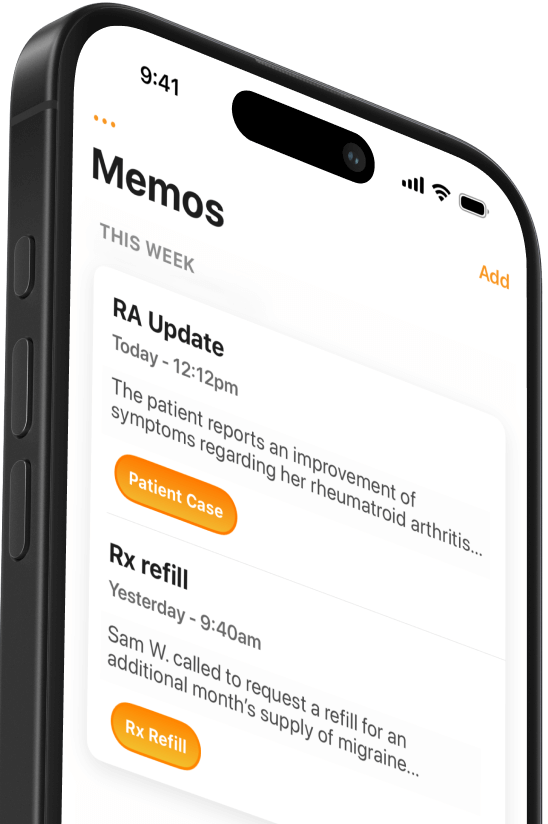Health Wearables for Livestock
While it's easy to understand spending $80 on a GPS collar for a dog, livestock wearables are booming. The market is expected to grow from $1B to $2.6B by 2025.


Popular articles
While it’s easy to understand the pet owner who invests $80 in a GPS collar for their dog, you might not expect the same treatment for a cow. But as Modern Farmer magazine reports, livestock wearables are one of the fastest growing segments of the wearables tech market.
Lely’s electronic collars are just one example of a growing number of health wearables for livestock.
According to IDTechEX, the market for animal wearables is expected to grow from about $1 billion today to $2.6 billion in 2025. This includes wearable devices for livestock, pets and wild animals - anything from ultrasound-delivering treatment patches to electronic saddle optimization for horses. That’s right, we’re not just keeping track of your puppy anymore.
The growing number of gadgets for livestock are part of a larger move toward precision agriculture, where technology is woven into every aspect of farming. When huge companies like Monsanto and John Deere are investing in GPS-guided tractors and robotic milking machines, tracking collars for livestock seem almost routine.
But not all livestock wearables are just a mirror of human or domesticated pet equivalents. As reported by Modern Farmer, here are three new technologies that represent the future of livestock farming.
- TekVet’s E-Tag that monitors body temperature. It turns out that knowing how hot your cow is can save you a lot of money and headaches. Changing body temperature is one of the first symptoms of illness, whether an intestinal parasite or contagious disease. “Nipping it in the bud” can reduce the need for antibiotics and prevent illness from spreading through the herd.
- Vital Herd’s E-Pill to track health data. Planted in a cow’s rumen for the lifetime of the animal, the e-pill continuously collects data and transmits it to the farmer via cloud-based software. Similar to the FitBit for people, the e-pill measures body temperature, heart rate, respiration, and pH levels. Accessing this data remotely can speed diagnosis and treatment, and tracking an entire herd can help farmers make important management decisions.
- Lely’s electronic collars that do almost everything. While their basic collars measure the usual vitals, Lely’s top-of-the-line models also record body motion and include a rumination microphone to analyze changes in cud-chewing. The collar’s instruments are so precise that the farmer can receive a notification when a cow enters estrus - a very practical addition for farms that use artificial insemination.
While emerging technology presents amazing opportunities for farmers to know their livestock like never before, everything comes with a price tag. Lely doesn’t list collar prices on their website, but the company’s robotic milking system costs more than $200,000. TekVet advertises their E-pill in batches of 10,000 for $100,000, coming in at $10 per cow. Still, with the market growing fast, we can assume farmers’ investments are paying off.
Related Articles


We Get Doctors Home on Time.
Contact us
We proudly offer enterprise-ready solutions for large clinical practices and hospitals.
Whether you’re looking for a universal dictation platform or want to improve the documentation efficiency of your workforce, we’re here to help.


